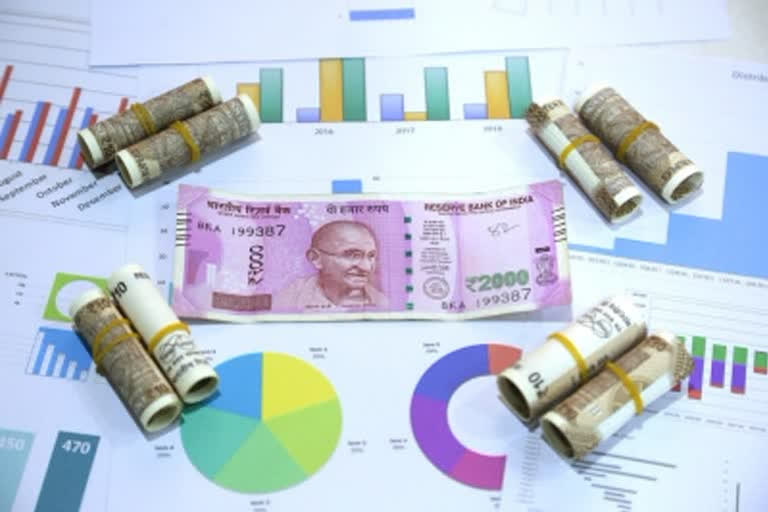Mumbai: Indicating durable recovery to the pre-pandemic levels, the public Capex cycle has turned the corner with the Central and states capital expenditure nearly crossing FY20 levels, growing faster than the gross domestic product rate, according to a report.
While the Central Capex has already crossed the pre-pandemic trendline, states too should do so if the budgetary targets are met, which implies that the pandemic did not cause a major permanent loss in the government Capex in terms of trend, said a Crisil report released on Thursday.
If the budgetary targets for Capex are met by both the Centre and states this fiscal, the pre-pandemic decadal trend for the overall Capex will be revisited, Crisil said, adding despite a tight fiscal position, the Central Capex grew 31 per cent over the last fiscal and if the trend is maintained, it is set to overshoot by 12 per cent pre-pandemic trend level, and for the states it expects them to meet 80-85 per cent of their Capex target.
The budget targets a 26 per cent increase over the revised estimates of the last fiscal and if this is met, Central Capex could outpace the pre-pandemic decadal trend by 12 per cent. Put another way, Central Capex will have to grow 19 per cent in the second half year-on-year to achieve that.
The pandemic-related spending and the simultaneous decline in their revenue have led to higher fiscal deficits and debt levels, with the Central fiscal deficit widening to 9.4 per cent of GDP in fiscal 2021 from 4.6 per cent in fiscal 2020, the report noted. The combined deficit had crossed the 13 per cent mark in FY21.
Also Read:After telecom and aviation, FM pushes for capex increase in energy sector
Despite this, the Central Capex was 31 per cent higher than that of fiscal 2021, while the states saw a modest rise in fiscal 2020. It can be noted that the state Capex is typically 1.4 times higher than Central Capex, thereby playing the predominant role in infrastructure building.
In the first half of the current fiscal, the Centre spent 41 per cent of its budgeted target for the entire year.
On the other hand, the states spent 29 per cent of their targets (based on data available for 16 major states -- Andhra, Bihar, Chhattisgarh, Gujarat, Haryana, Jharkhand, Karnataka, Kerala, MP, Maharashtra, Odisha, Punjab, Rajasthan, Tamil Nadu, Telangana, and UP -- which account for 80 per cent of state Capex).
